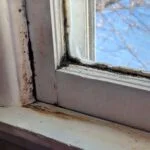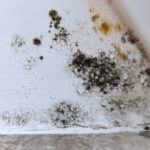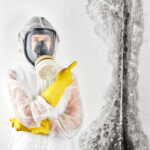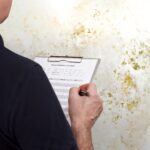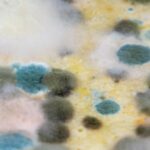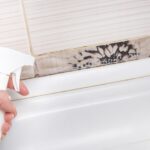Boat Mold Prevention: Essential Tips

Boat mold prevention is something to consider if you own a boat, work in one, or just for general knowledge when living in the Sunshine State. Ah, the open waters, the salty breeze, and the freedom of sailing – few experiences match the joy of being out on a boat. But amidst the adventure, there’s a silent, sneaky culprit that can spoil the fun: mold. Boat mold is not just unsightly; it can also pose health risks and damage your vessel. In this comprehensive guide, we’ll delve deep into the world of boat mold, exploring its causes, its effects, and, most importantly, how to prevent it from wreaking havoc on your maritime adventures.
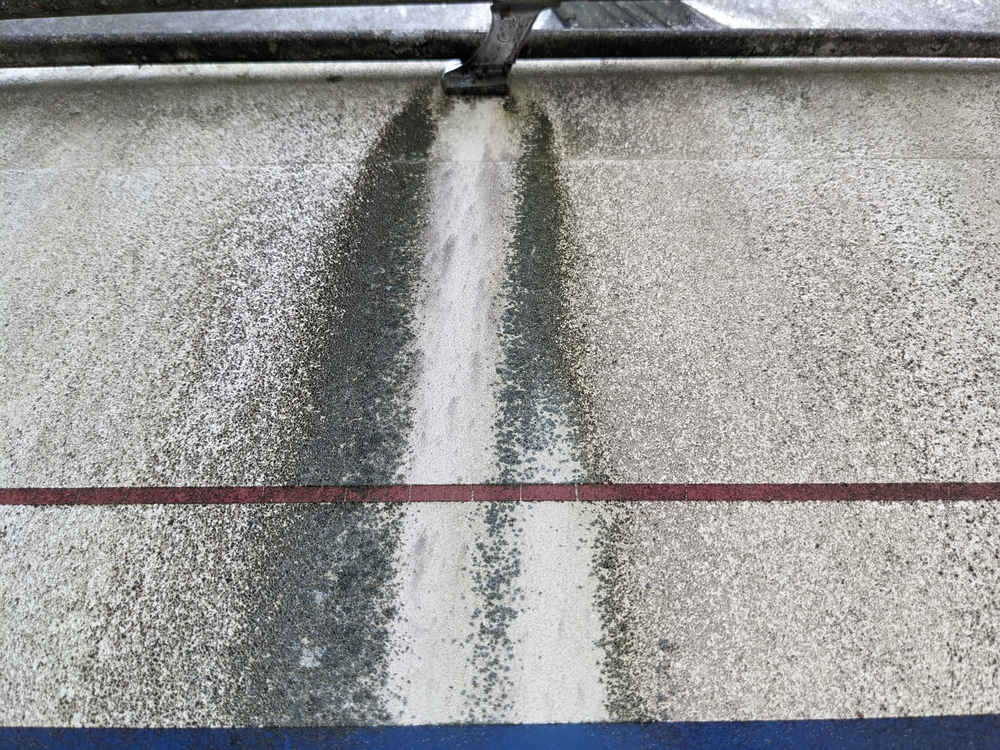
Boat Mold Prevention: Understanding Boat Mold
Before we dive into prevention techniques, let’s take a moment to understand what boat mold is and why it’s a concern. Mold is a type of fungus that thrives in moist, warm environments, making boats, with their confined spaces and exposure to water, a prime breeding ground. Mold damages surfaces and can cause health issues like allergies and respiratory problems. Hence, it’s crucial to tackle it effectively to ensure your vessel’s and its occupants’ safety.
Boat Mold Prevention Tips
- Ventilation is Key
Proper ventilation is the cornerstone of boat mold prevention. Stagnant air allows moisture to accumulate, creating an ideal environment for mold growth. Ensure adequate airflow throughout the vessel, especially in enclosed spaces like cabins, storage compartments, and bilges. Installing vents and fans can help circulate air and reduce humidity levels, inhibiting mold formation. Remember to regularly open hatches and windows when the weather permits to let fresh air in and stale air out.

- Monitor Moisture Levels
Keeping a close eye on moisture levels aboard your boat is essential for mold prevention. Invest in a quality hygrometer to measure humidity levels, aiming for levels below 50%. Address any leaks or water intrusion promptly to prevent moisture buildup. Be particularly vigilant during rainy seasons or when storing your boat for extended periods. Use moisture-absorbing products like silica gel packs or dehumidifiers to maintain dry conditions in vulnerable areas.

- Regularly Cleaning
Regular cleaning is vital for preventing mold growth on your boat. Use marine-grade cleaning products and thoroughly scrub surfaces prone to moisture accumulation, such as bilges, hull interiors, and upholstery. Pay special attention to areas with poor ventilation or limited light, as mold thrives in darkness. Remember to clean and dry any wet gear or equipment to prevent mold transfer. Establishing a routine cleaning schedule can help keep mold at bay and preserve the integrity of your vessel.
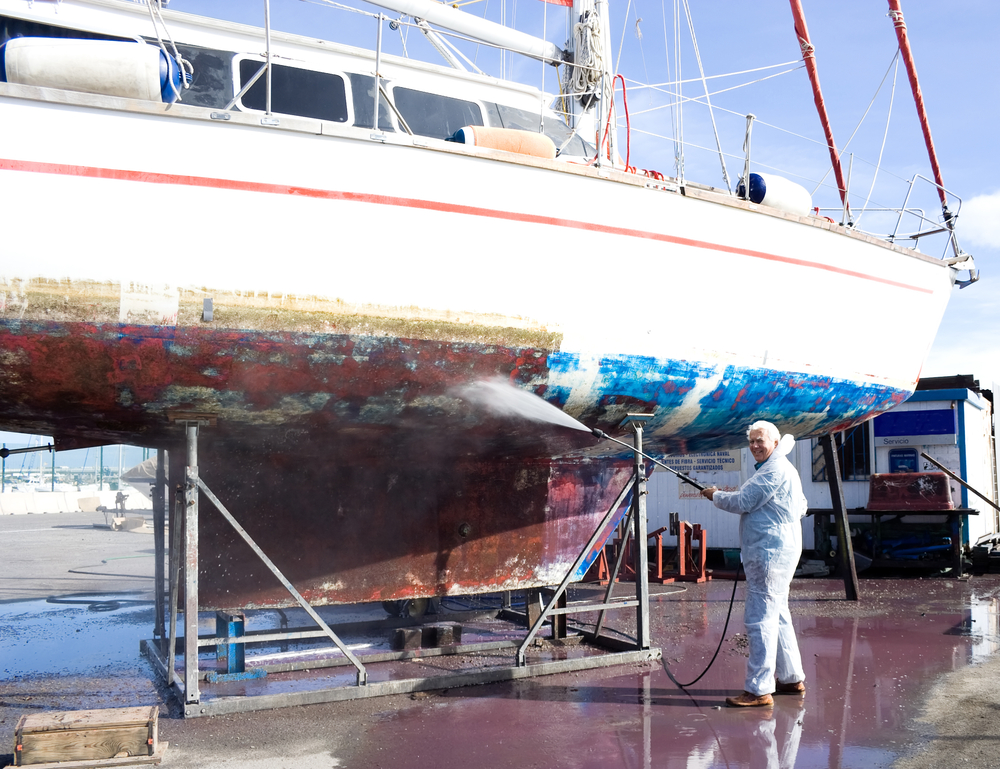
- Mold-Resistant Materials
When outfitting or renovating your boat, consider using mold-resistant materials whenever possible. Opt for marine-grade upholstery, fabrics, and flooring specifically designed to withstand moisture and inhibit mold growth. Invest in mold-resistant paint for interior surfaces to provide an additional layer of protection. By choosing the right materials, you can minimize the risk of mold infestation and prolong the lifespan of your boat.
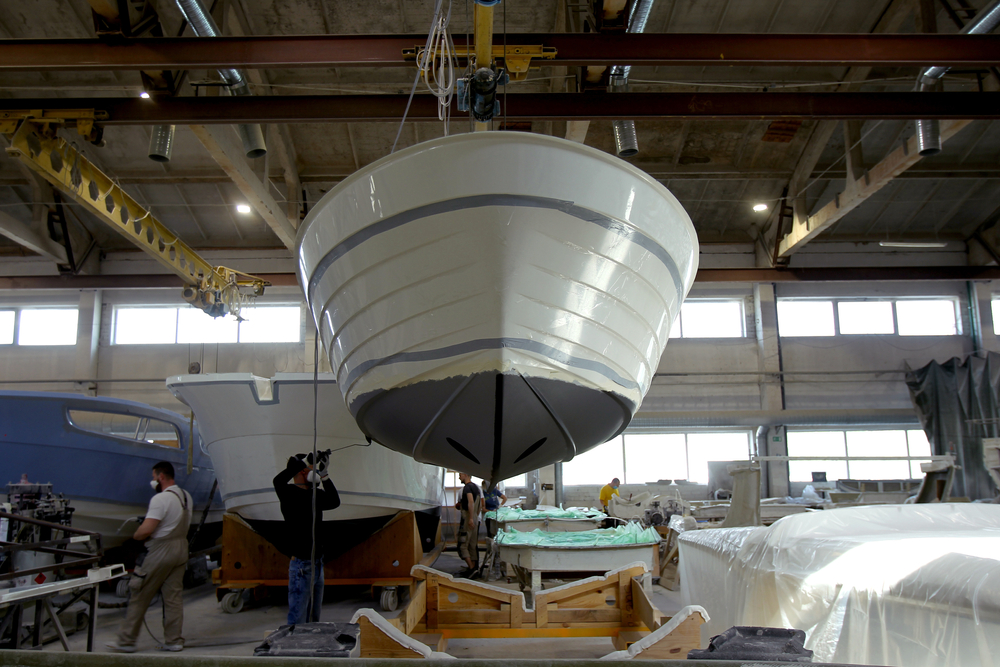
Boat Mold Remediation
Despite best efforts, mold can still find its way onto your boat. Here are steps for effective mold remediation:
Identify Affected Areas
Inspection is the first step in mold remediation. Thoroughly inspect your boat to identify mold-infested areas. Look for telltale signs like musty odors, discoloration, or fuzzy patches on surfaces. Common mold hotspots include cabin interiors, upholstery, and storage compartments. Note any areas that may require special attention or professional assistance.
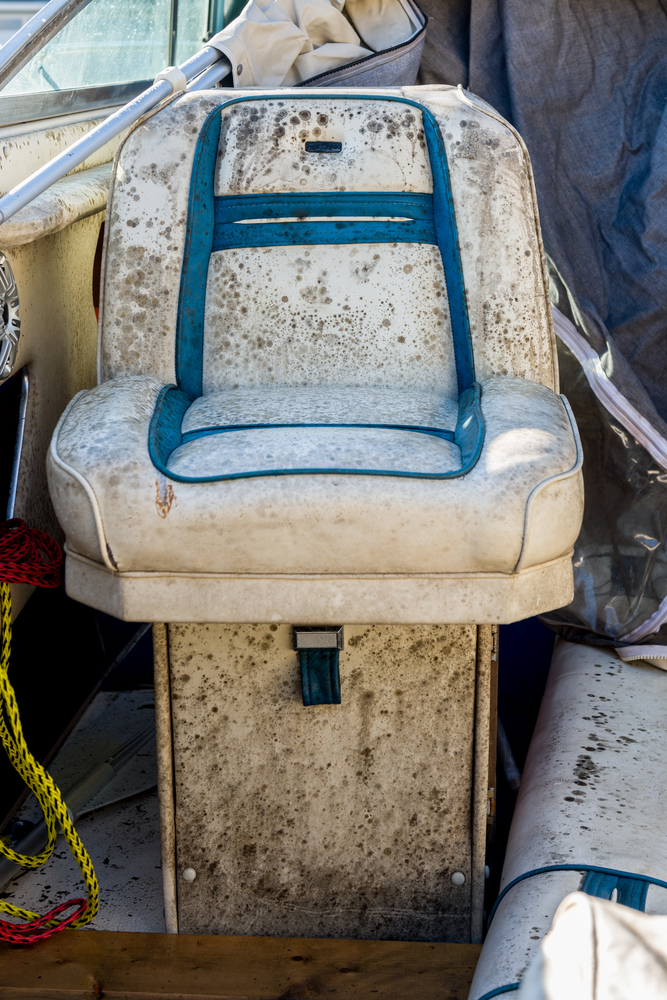
Remove Mold
Once identified, it’s crucial to remove mold promptly and thoroughly. Wear protective gear such as gloves, goggles, and a mask to avoid exposure to mold spores. Use a mixture of water and detergent or specialized marine mold cleaners to scrub affected surfaces. Stubborn mold may require stronger remedies like vinegar or hydrogen peroxide solutions. Thoroughly clean and disinfect all surfaces to ensure complete eradication of mold spores. But, the best advice is to contact an expert company like ETA to assist you with your property.
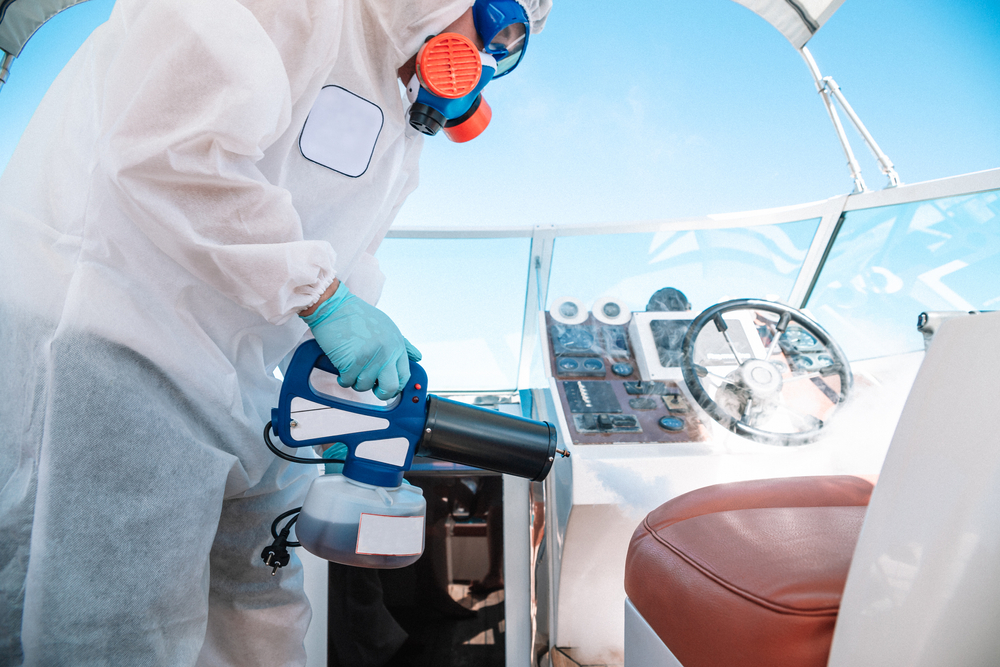
Dry Thoroughly
After cleaning, ensure all surfaces are thoroughly dried to prevent mold regrowth. Use fans, heaters, or dehumidifiers to expedite the drying process, and leave hatches and windows open to encourage airflow. Inspect hidden or hard-to-reach areas to ensure no moisture remains trapped. Proper drying is essential for preventing mold recurrence and preserving the structural integrity of your vessel.
Prevent Future Growth
Once the mold is eradicated, take proactive measures to prevent its return. Implement preventive measures like those outlined in the boat mold prevention section. Regularly inspect and maintain your boat to address any potential moisture sources promptly. Consider using mold inhibitors or moisture-absorbing products in vulnerable areas to create an inhospitable environment for mold growth. By staying vigilant and proactive, you can keep your vessel mold-free and ready for your next maritime adventure.

Conclusion
Maintaining a mold-free boat requires diligence, dedication, and proactive measures. By prioritizing ventilation, monitoring moisture levels, and implementing regular cleaning routines, you can significantly reduce the risk of mold infestation and preserve the integrity of your vessel. In the unfortunate event of mold growth, swift and thorough remediation is essential to safeguard both your boat and your health. With these essential tips in mind, you can confidently embark on your maritime adventures, knowing your vessel is free from the clutches of mold. Fair winds and smooth sailing await!



